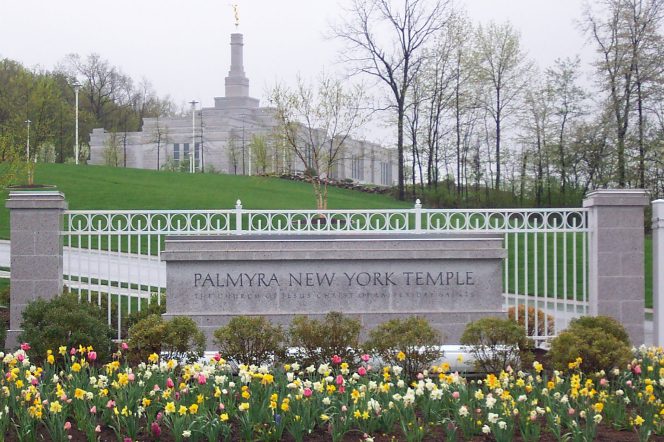
The third and final portion of a review of D. Michael Quinn’s Early Mormonism and the Magic World View that my friend, former missionary companion, and current BYU department colleague, Stephen D. Ricks, and I published in the January 1988 issue of Sunstone:
Quinn’s attempted rehabilitation of the salamander is, in fact, extremely puzzling. Although there are no authentic documents explicitly linking Joseph Smith or early Mormonism to the figure of a salamander, he spends several pages (pp. 129-133) showing how perfectly proper it would be if it were there. We are sympathetic with his desire to substitute its neutral-to-positive image for the negative and sinister image of the toad, but there is simply no evidence for it in the documents. Had Mark Hofmann not planted the idea in Mormon minds, would anyone ever have thought of it? Further, it needs to be pointed out that exhaustive studies of the treasure digging motif in American folklore have failed to turn up any trace of a salamander in connection with treasure digging.
Despite our manifold reservations, we must say that Quinn’s book is important and, in many ways, brilliant. No one interested in Mormon origins can overlook it. Furthermore, its implications for traditional views of the Restoration are by no means entirely negative. His recognition of the centrality of heavenly ascent in both the temple endowment and the ancient mysteries, and of the chasm between the Masonic and Mormon rituals revealed by its absence from the former, is a point which cannot be stressed too strongly. And Quinn offers a wealth of evidence which would seem to show that, at the very times when Joseph and his associates claim something very special was going on, something quite unusual really was. Unfortunately, in his attempt to view much of Mormonism from a “magical” perspective — an enterprise in which he realized there were dangers of overemphasis (p. xx) — he has probably gone too far.
Occasionally, “discovered” or “rediscovered” dements of Mormon history have precipitated calls by historians and others to reassess the whole of early Mormon history in the light of that element. In the late sixties, work on the Council of Fifty resulted in such a call from certain quarters. Significantly, Michad Quinn was among those who showed that such revisionist history would produce more distortion than genuine insight. Some may similarly see the alleged “magic” and “occult” elements in Joseph Smith’s background as requiring a reassessment of LDS history. However, if Early Mormonism and the Magic World View is an example of such revisionist history, the hypothesis may already have reached — or exceeded — the limits of its usefulness.
Incidentally: For a review, published in Interpreter: A Journal of Latter-day Saint Faith and Scholarship, of D. Michael Quinn’s latest book, see Larry T. Wimmer, “Through a Glass Darkly: Examining Church Finances.”











